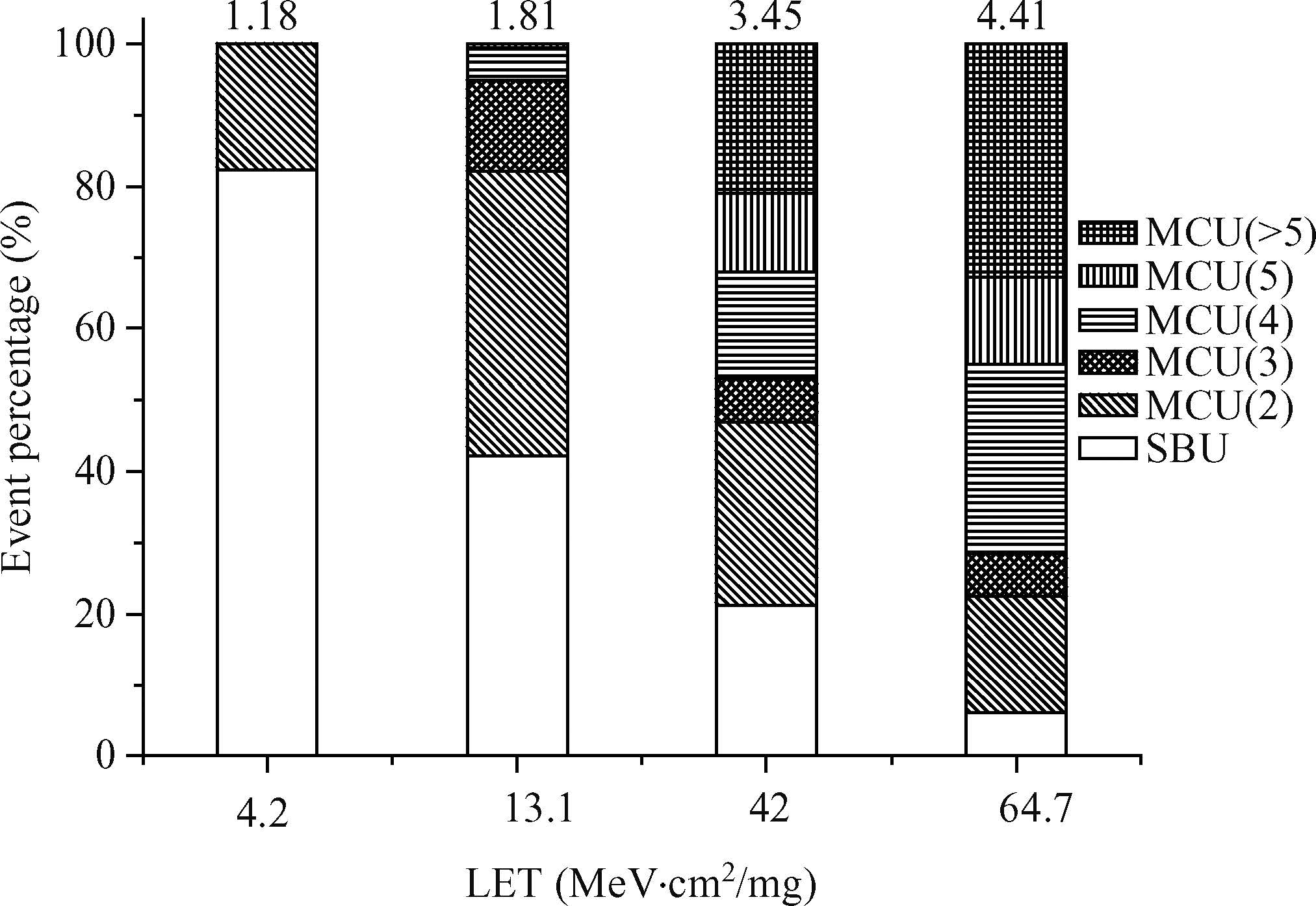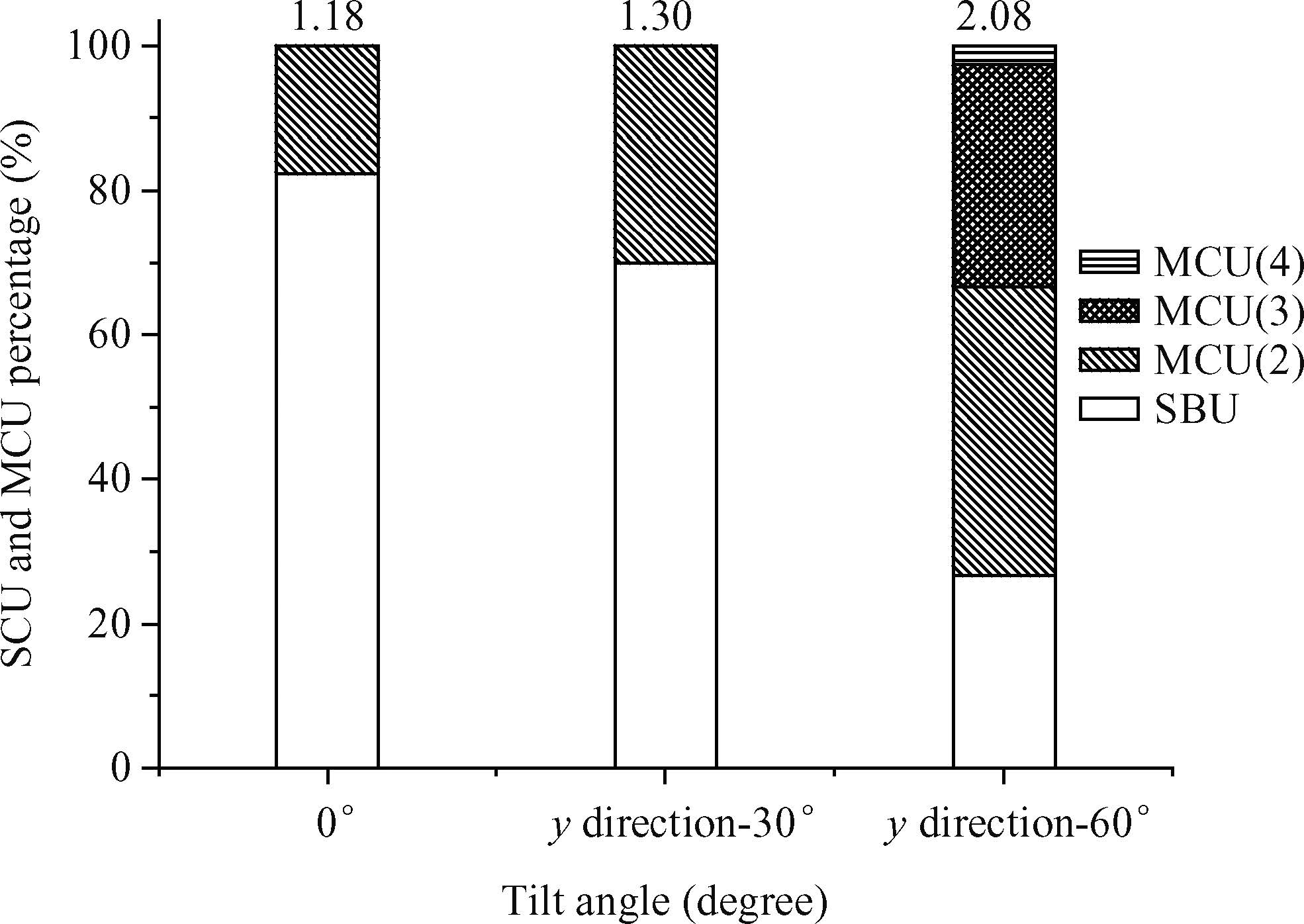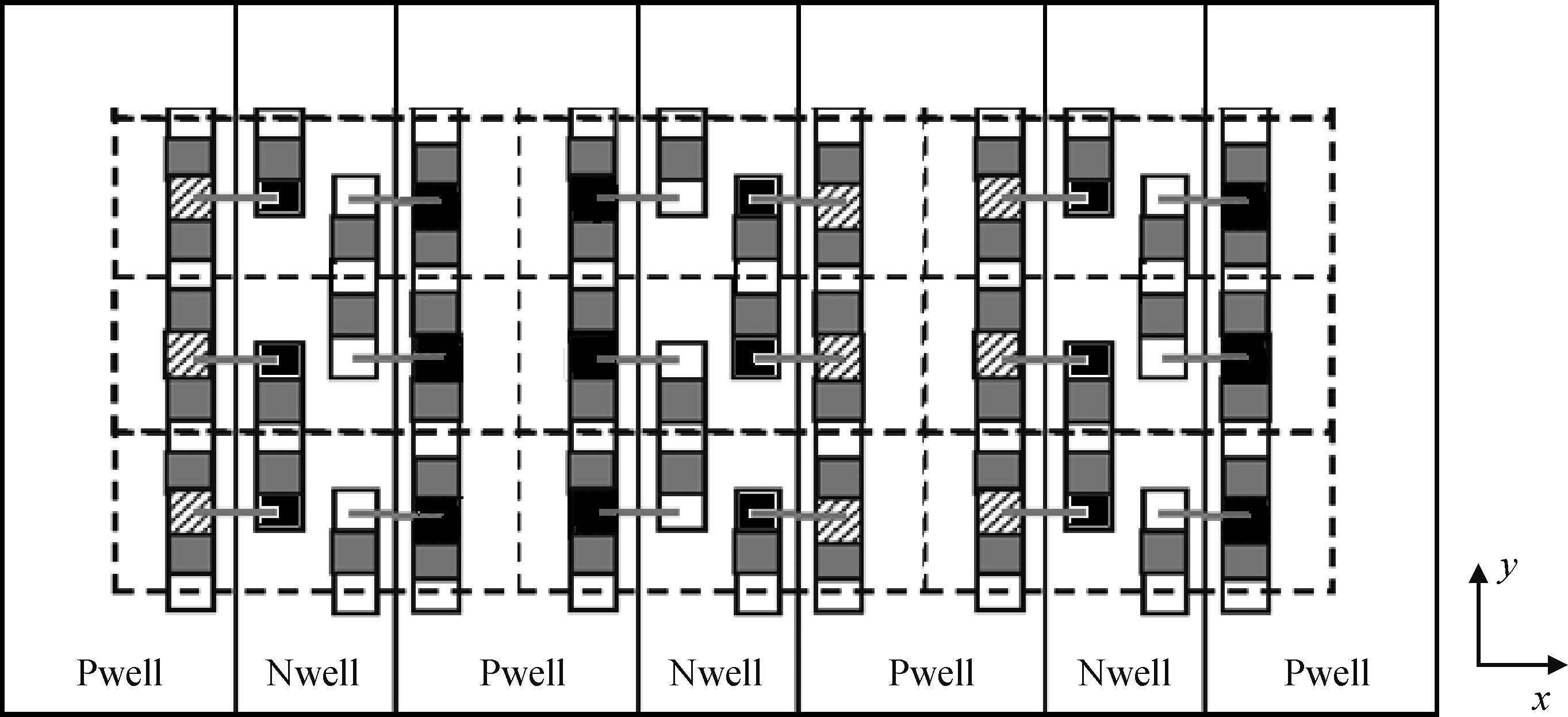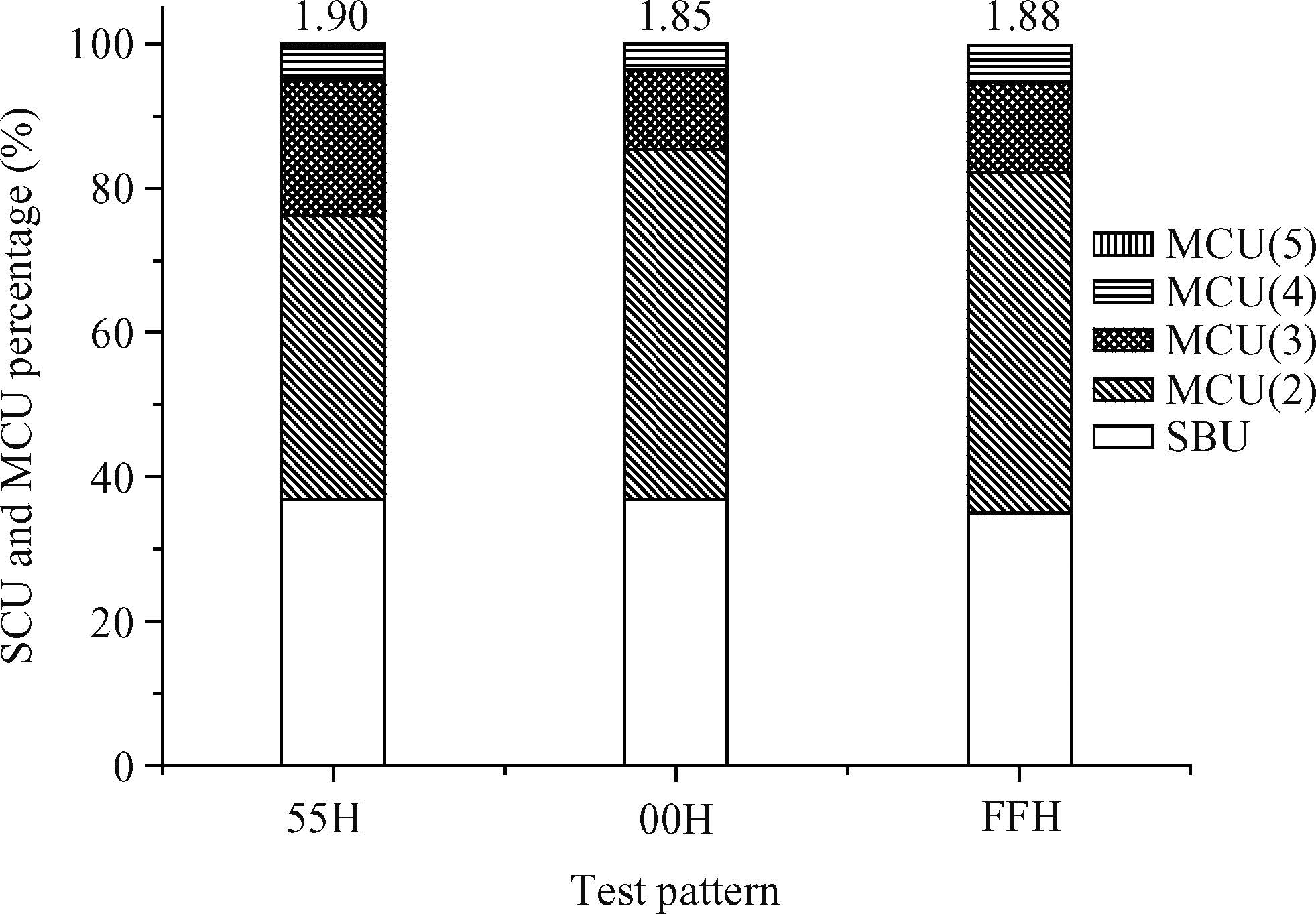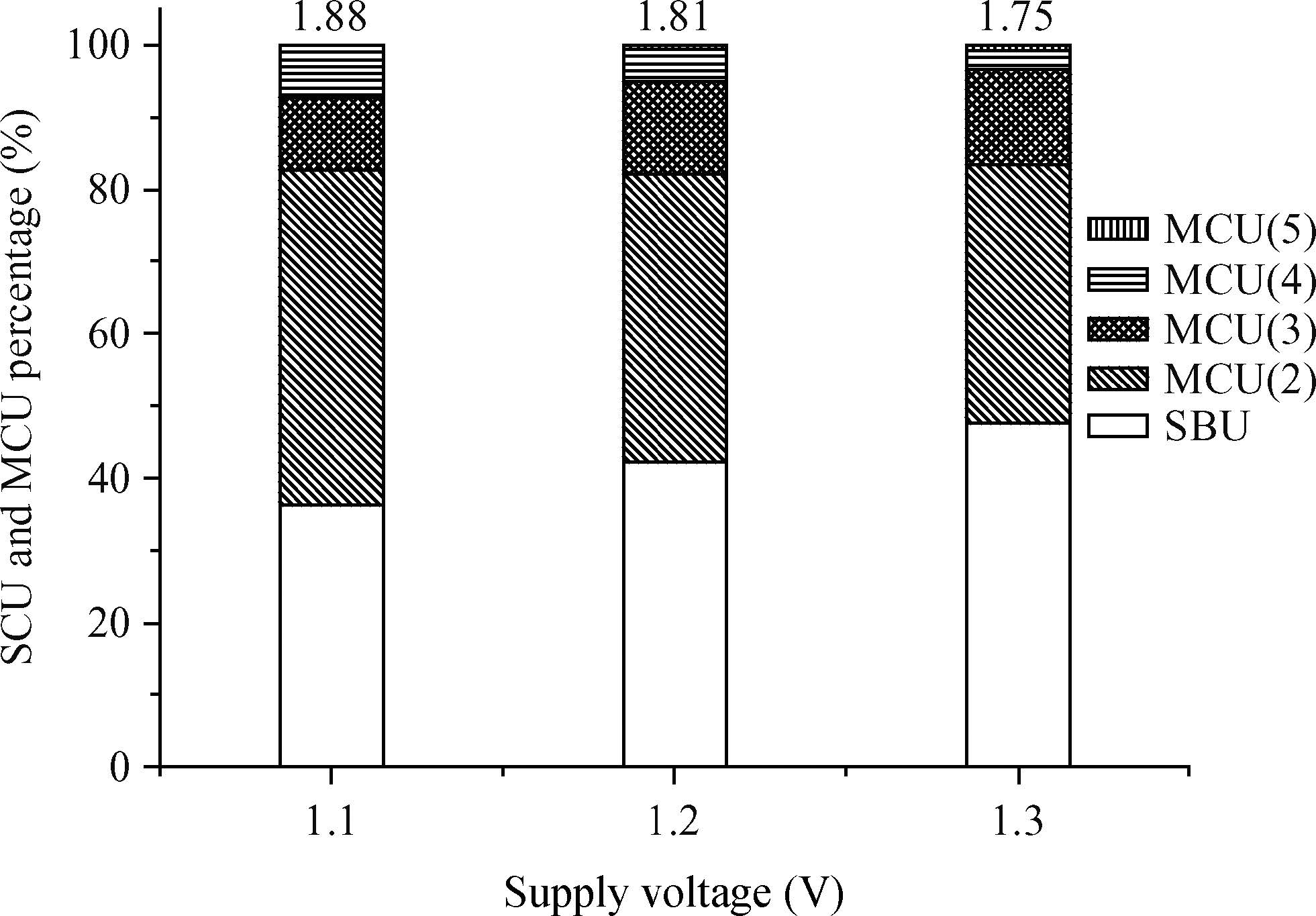| Citation: |
Yinhong Luo, Fengqi Zhang, Hongxia Guo, Yao Xiao, Wen Zhao, Lili Ding, Yuanming Wang. Impacts of test factors on heavy ion single event multiple-cell upsets in nanometer-scale SRAM[J]. Journal of Semiconductors, 2015, 36(11): 114009. doi: 10.1088/1674-4926/36/11/114009
****
Y H Luo, F Q Zhang, H X Guo, Y Xiao, W Zhao, L L Ding, Y M Wang. Impacts of test factors on heavy ion single event multiple-cell upsets in nanometer-scale SRAM[J]. J. Semicond., 2015, 36(11): 114009. doi: 10.1088/1674-4926/36/11/114009.
|
Impacts of test factors on heavy ion single event multiple-cell upsets in nanometer-scale SRAM
DOI: 10.1088/1674-4926/36/11/114009
More Information
-
Abstract
Single event multiple-cell upsets (MCU) increase sharply with the semiconductor devices scaling. The impacts of several test factors on heavy ion single event MCU in 65 nm SRAM are studied based on the buildup of MCU test data acquiring and processing technique, including the heavy ion LET, the tilt angle, the device orientation, the test pattern and the supply voltage; the MCU physical bitmaps are extracted correspondingly. The dependencies of parameters such as the MCU percentage, MCU mean and topological pattern on these factors are summarized and analyzed. This work is meaningful for developing a more reasonable single event test method and assessing the effectiveness of anti-MCU strategies on nanometer-scale devices. -
References
[1] [2] [3] [4] [5] [6] [7] -
Proportional views





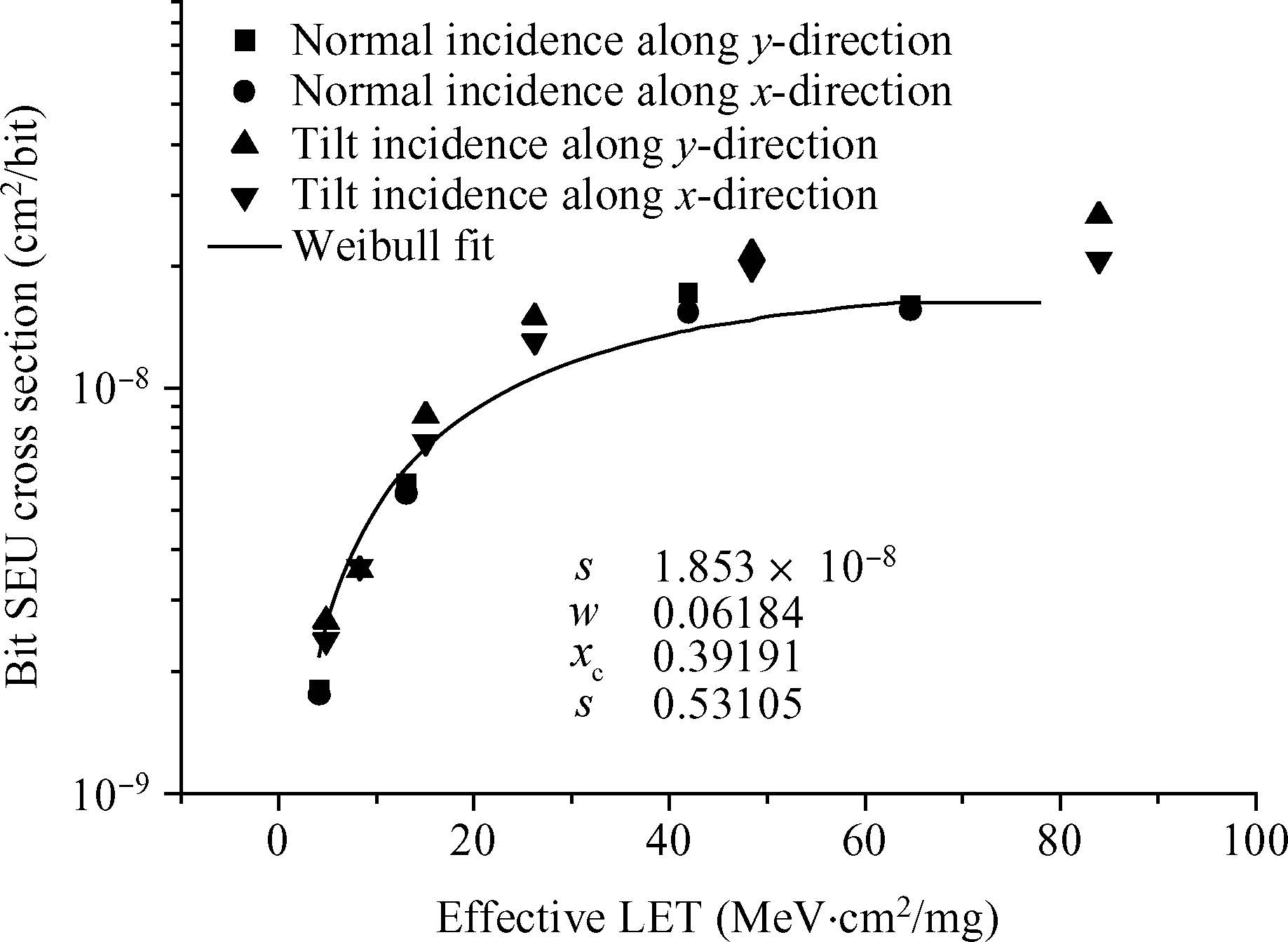
 DownLoad:
DownLoad:
